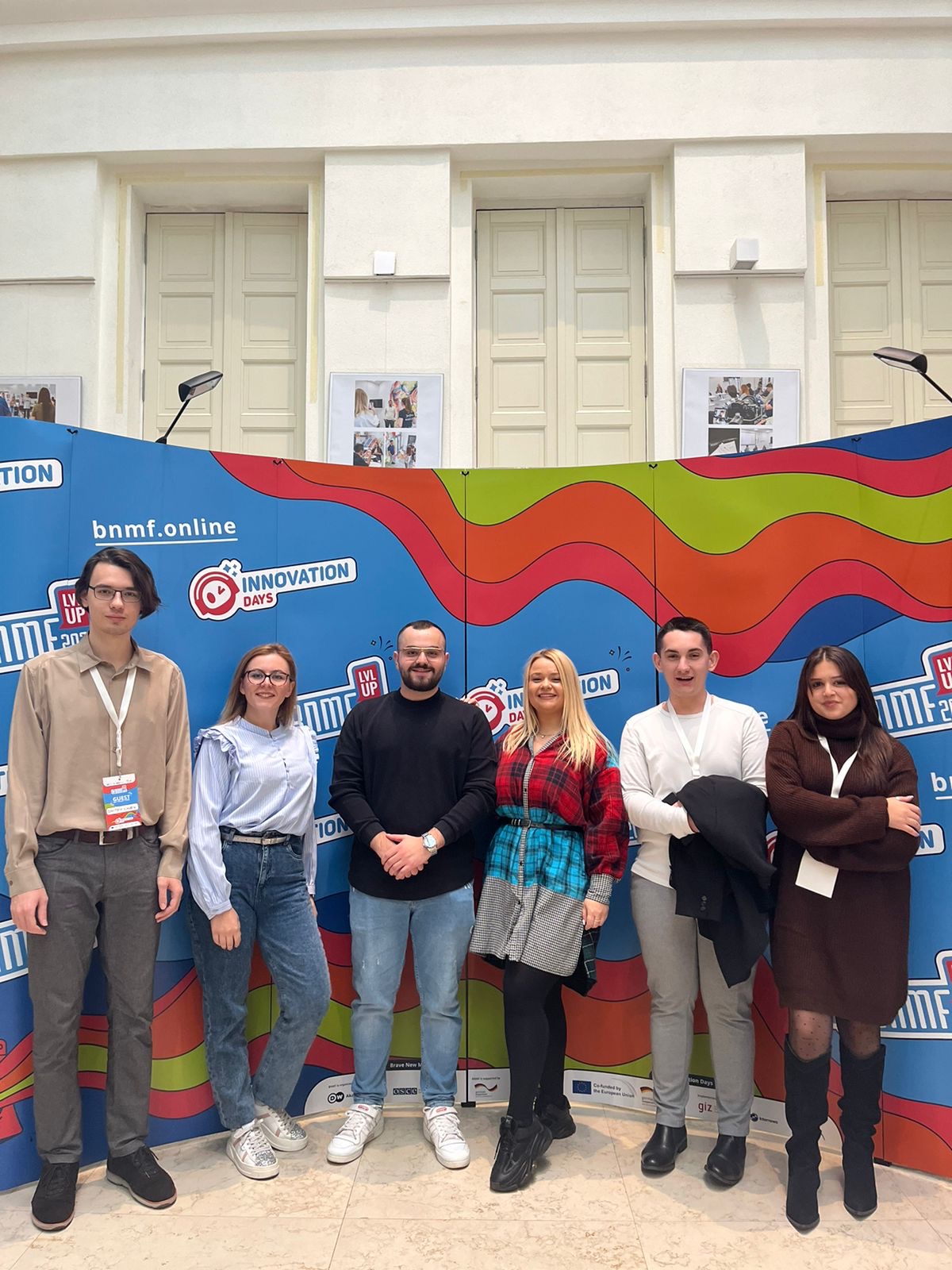Đerdap 1 and 2 YEAs
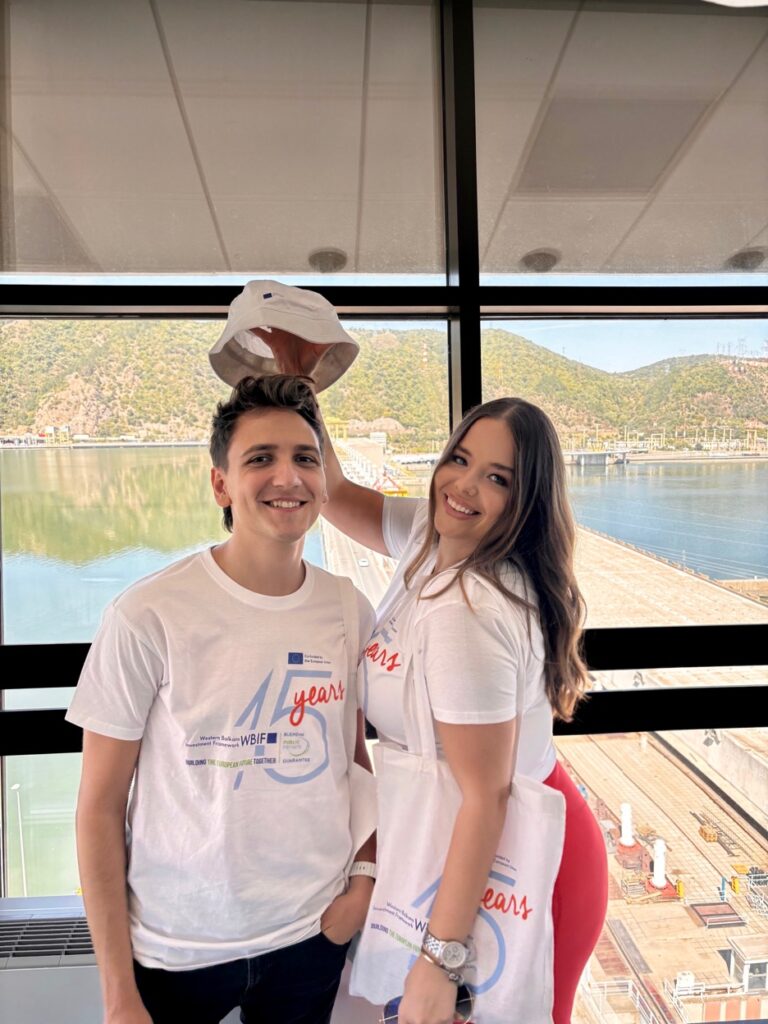
Đerdap 1 and 2 YEAs
Hello! My name is Adrijana Nikitovic and with Velimir Milosev, a YEA from Serbia, I visited the place where 20% of the total electricity in Serbia is produced. If physics is something that you are passionate about, then the number of 5.65 TWh yearly will sound impressive. But if you study political science as I do, just imagine that every fifth household is getting its electricity from there. Welcome to Đerdap 1 hydropower plant! But we were not the first ones to arrive.
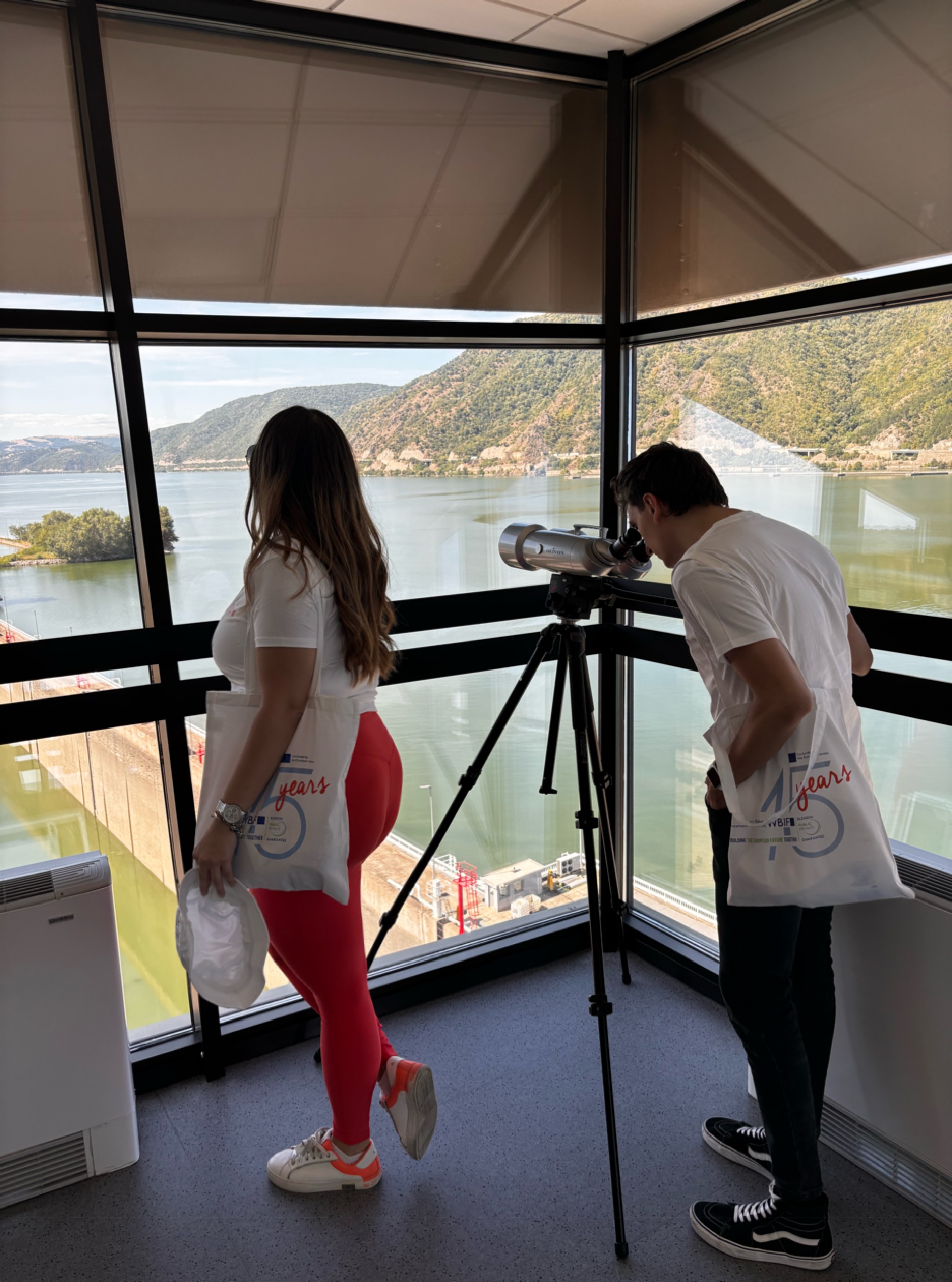
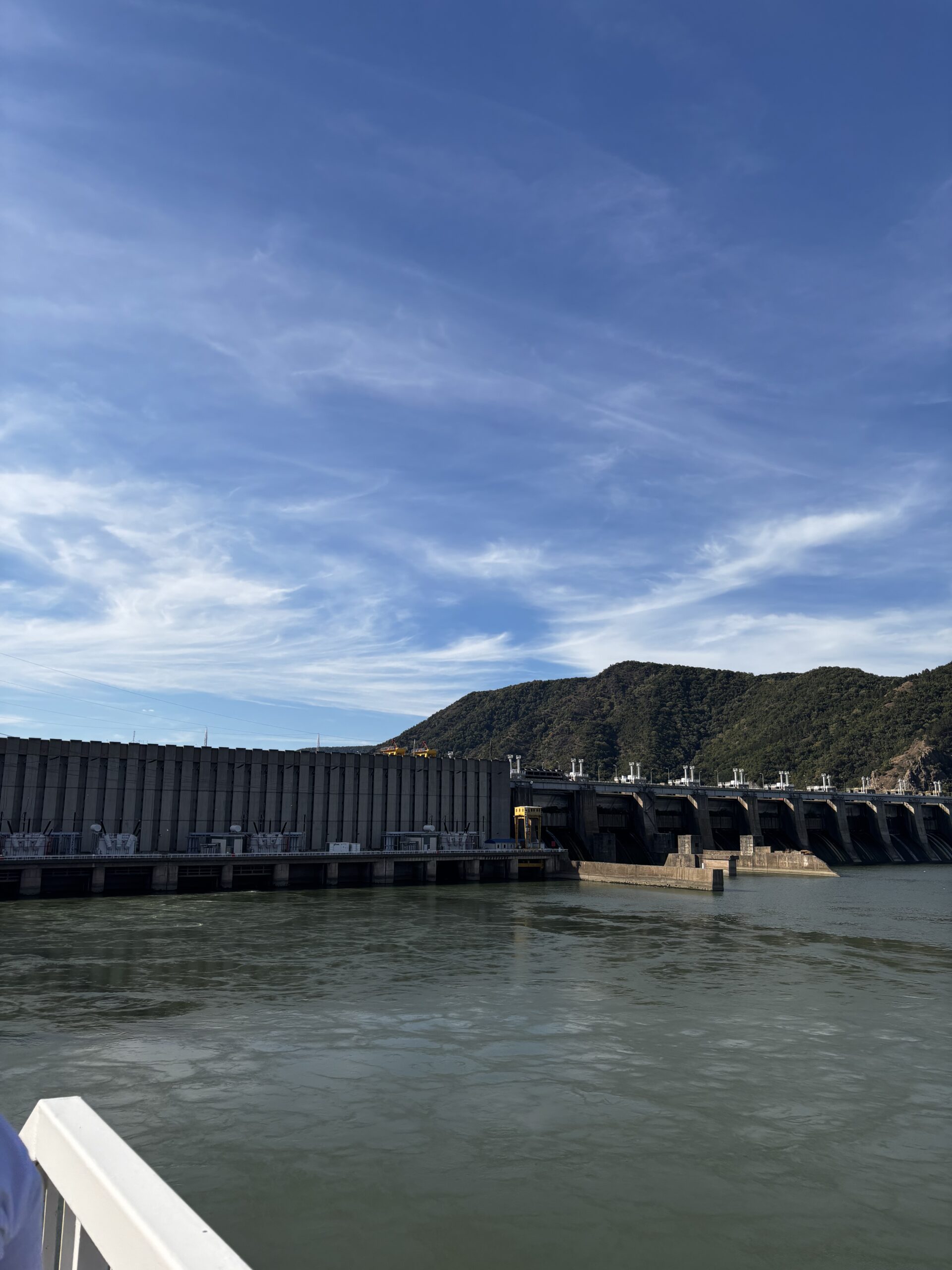
In 2020, the European Union recognised the importance of the Đerdap I navigation lock as one of the key elements of the Danube River navigational infrastructure, which is part of the international Rhine-Danube corridor. The decision was made—an investment worth over 28 million euros in the modernisation of navigation locks. Ships use a navigation lock that changes the water level and allows passage through the hydroelectric plant. Thanks to the support of the EU, this navigation lock was renewed for the first time since its construction in the 1970s.
The modernisation of the Đerdap I hydropower plant was completed three years ago, and it is important to mention that the revitalisation was done in one year. Our host, Davor Maljoković, assistant director of the Directorate for Modernisation of Djerdap Hydro Plant, shared with us many benefits that this modernisation has brought: “The number of unplanned downtimes is reduced to the maximum extent—we have not had any unplanned downtimes in the last three years; maintenance costs are reduced because we do not have any unplanned downtimes; fewer people are needed for maintenance; and the equipment itself works in the best order. The safety of navigation has also been increased. Just because we have no unplanned stoppages, the life of the ship’s lock has been extended to a new working life of 25 years. The impact on ecology is huge because water transport is the best ecologically, and energy efficiency is increased because electricity consumption is reduced.”
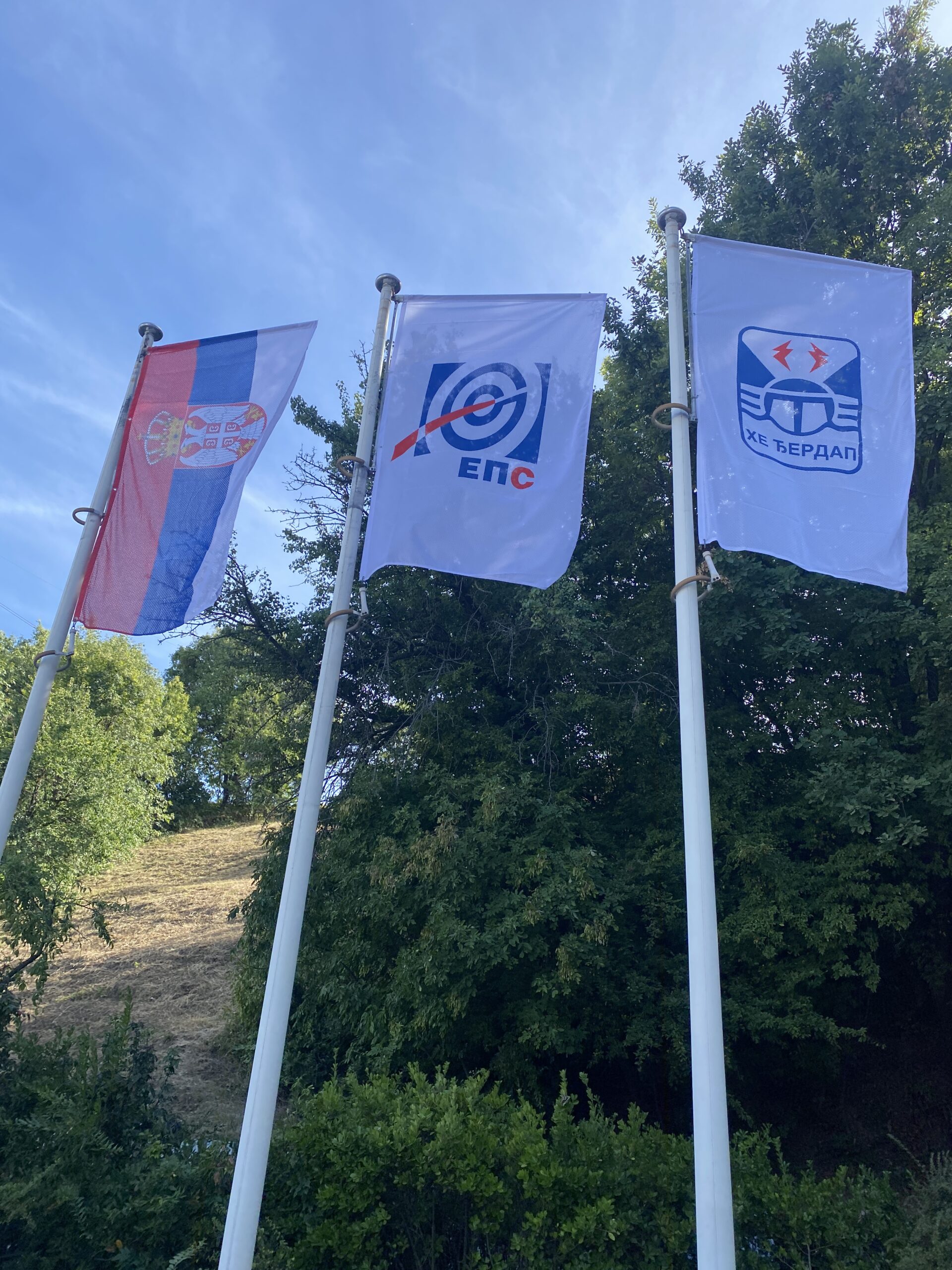
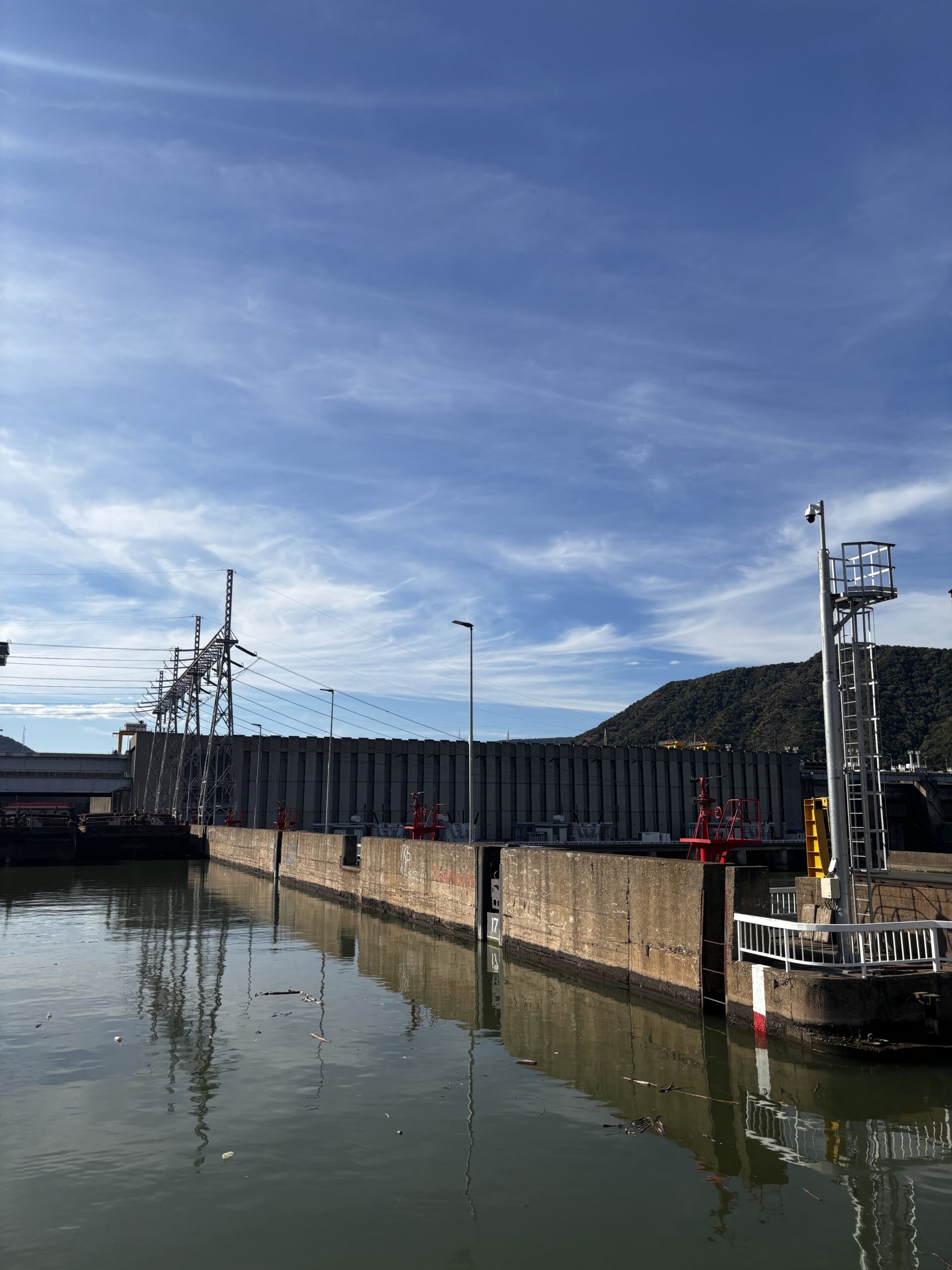
And what has been done in the process of modernisation of the Đerdap 1 hydroelectric power plant lock? “Fourteen systems were completed, including a large number of subsystems. The works on modernisation can be divided into four groups. These are construction works, works on auto hydraulic drives, works on hydro mechanical equipment, and auxiliary systems. Overall, it includes 14 systems and more than 40 subsystems,” says Maljoković.
As we dive deeper into the world of renewable energy, the story of Đerdap 1 showcases the path towards a sustainable future. So, whether you’re a future engineer, an environmentalist, or simply someone who cares about our planet, let these innovations inspire you. By investing in water infrastructure, we can ensure a green, sustainable, and European future for our region!
